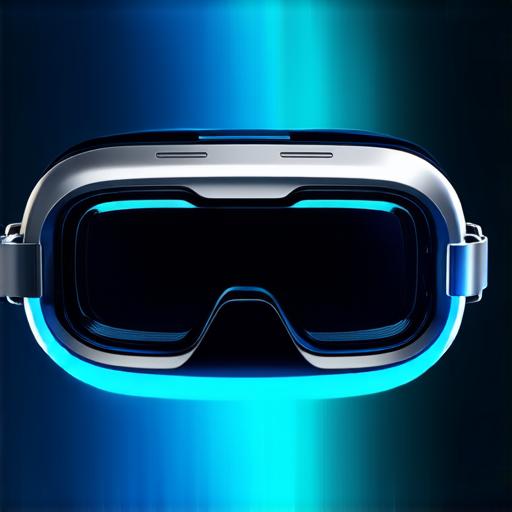
Virtual reality headsets are electronic devices that allow users to experience a simulated environment in a computer-generated world.
They typically consist of a head-mounted display (HMD) that tracks the user’s movement and adjusts the visual output accordingly, as well as sensors such as accelerometers, gyroscopes, and magnetometers to detect changes in orientation and position.
Virtual reality headsets can be used for various purposes, including gaming, entertainment, education, training, and simulation. They are typically worn on the head while a user is sitting or standing, allowing them to fully immerse themselves in a virtual environment.
There are several types of virtual reality headsets available on the market, including:
-
Desktop VR headsets: These headsets require a computer with a powerful graphics card and can provide high-quality visuals and tracking accuracy. Examples include the Oculus Rift and HTC Vive.
-
Mobile VR headsets: These headsets are designed to be used with smartphones or tablets and are more portable than desktop VR headsets. They typically have lower resolution screens and may require additional sensors for accurate tracking. Examples include the Samsung Gear VR and Google Cardboard.
-
Wireless VR headsets: These headsets do not require a cable to connect to a computer or other device, making them more convenient and easier to use. They are typically less expensive than desktop VR headsets but may have lower resolution screens and less advanced tracking capabilities. Examples include the Oculus Quest 2 and Sony PlayStation VR.
When choosing a virtual reality headset, it is important to consider factors such as your budget, intended use, and level of technical expertise. It is also important to try on the headset before purchasing to ensure that it fits comfortably and does not cause discomfort or motion sickness.



